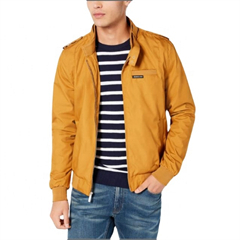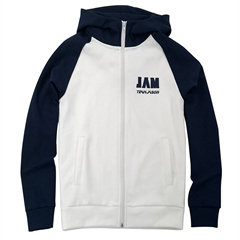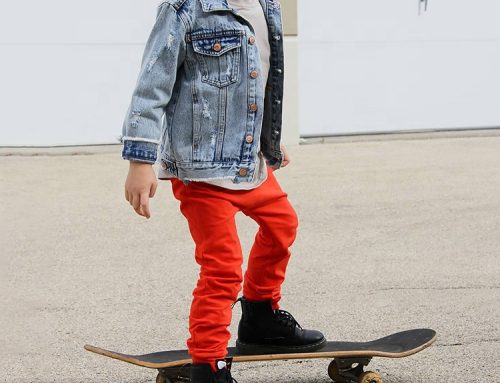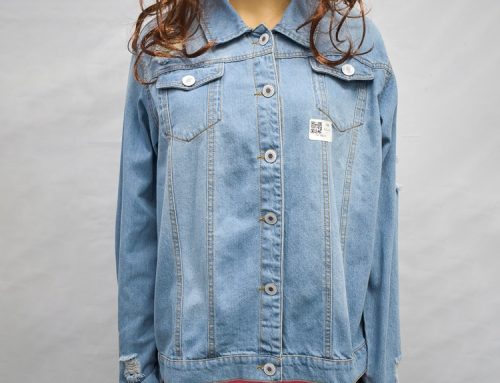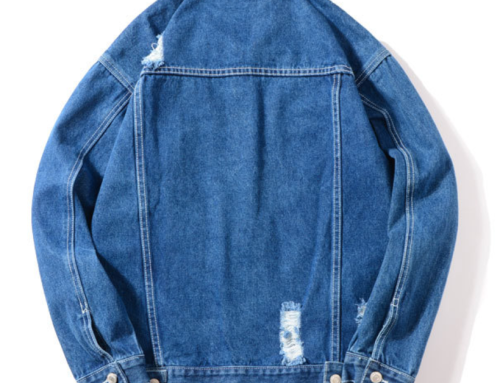1. Base Layer: Start with a lightweight and moisture-wicking base layer like a long-sleeve shirt or thermal top, depending on the temperature. This layer helps regulate your body temperature and keeps moisture away from your skin.
2. Mid Layer: Choose a slightly thicker layer for insulation. Here’s where your jacket comes in:
- Light Jacket: A denim jacket, windbreaker, or lightweight bomber can serve as your mid-layer in milder conditions.
- Fleece or Sweater: A fleece jacket or sweater provides warmth and can be easily removed if you start to feel too hot.
3. Outer Layer: The outer layer provides protection from the elements and is usually the most weather-resistant or waterproof:
- Rain Jacket: If it’s rainy, a waterproof or water-resistant jacket goes over your mid layer to keep you dry.
- Winter Coat or Parka: In colder months, a heavy winter coat or parka acts as your outermost layer to shield you from cold winds and snow.
- Windproof Shell: For windy conditions, consider a windproof jacket as your outer layer.
4. Accessories: Don’t forget about accessories that can enhance your layering game:
- Scarf: A scarf not only adds style but also keeps your neck warm.
- Hat: A beanie or a winter hat prevents heat from escaping through your head.
- Gloves: Keep your hands warm with gloves that are appropriate for the weather.
5. Adjustability: The key to effective layering is the ability to adjust as needed. If you get too warm, you can remove a layer or two. If you’re chilly, you can easily add more layers. Opt for pieces with zippers or buttons that allow for easy ventilation.
6. Proportions and Fit: Consider the proportions and fit of each layer. Bulky layers can make you look larger, so balance bulkier outer layers with slimmer mid-layers and base layers. Also, ensure that your jacket sleeves are long enough to peek out comfortably from under the outer layer.
7. Color Coordination: Think about color coordination and how different layers will work together visually. Neutral colors are versatile and make it easier to mix and match.
8. Experiment: Layering is a creative process. Don’t be afraid to experiment with different combinations until you find what works best for you in terms of comfort, style, and practicality.
Remember that the art of layering is about finding the right balance between warmth, comfort, and style. With practice, you’ll become adept at layering jackets to suit various weather conditions and occasions.
